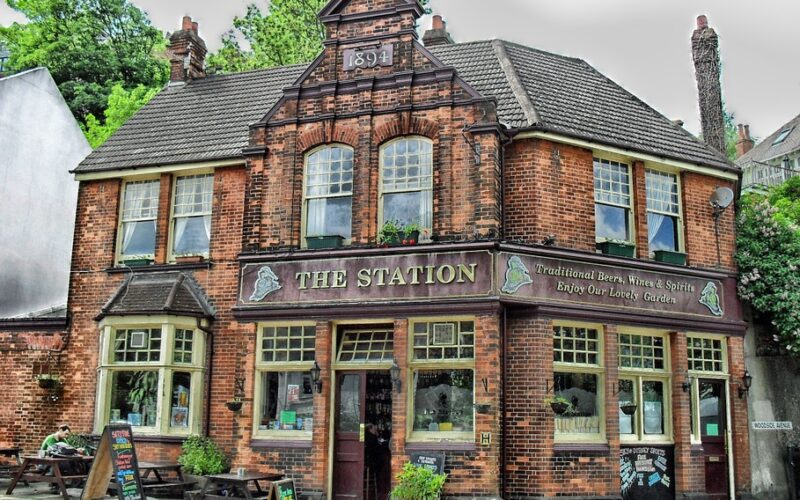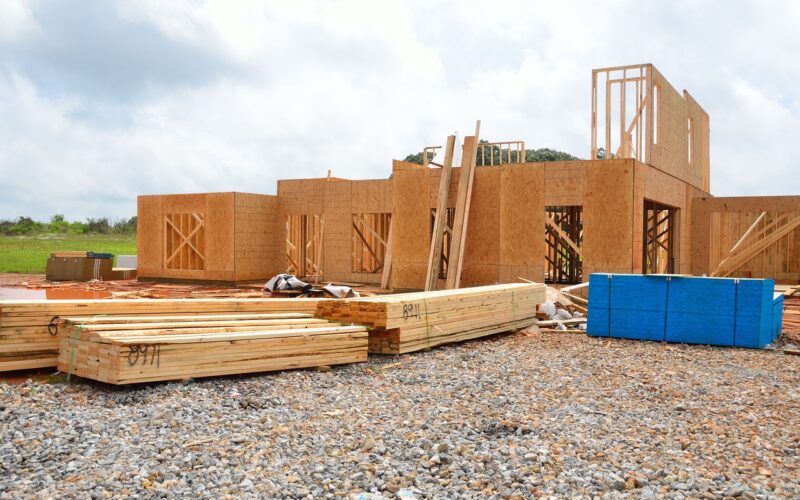We often take for granted the importance of housing and access to it, especially in major cities. However, with rising costs of living pushing young people out of their favourite areas, few are considering what comes along when we become unable to afford a place to live. This is becoming an increasingly more pressing issue as affordable housing stock dwindles while prices skyrocket. With job prospects limited across many industries, it's time to ask ourselves - what happens when young people are priced out of their neighbourhoods?
Understanding the causes
As property prices continue to rise, a concerning trend has emerged where young people are being priced out of areas they once called home. The causes of this are complex, with factors such as a lack of affordable housing, stagnant wages and a growing wealth gap all playing a role. Many young people simply cannot keep up, with rents and mortgages becoming more and more unaffordable. This can have a knock-on effect on communities, with young people being forced to move further away from their networks, employment opportunities and support systems.
As we strive towards a more equal and just society, it's vital that we address the root causes of why young people are being priced out, and work to create solutions that will help them thrive in their local areas.
The economic implications
As the demand for housing continues to rise alongside the surging economy, it's no surprise that home prices have reached new heights in recent years. However, what's concerning is the fact that the increase in home prices has not been proportional to the growth of salaries in many areas across the UK. This has led to a significant gap between the average income of individuals and families and the cost of purchasing a home, creating a major economic challenge.
The financial implications are far-reaching, including the possibility of limiting homeownership potential, upward mobility, and exacerbating wealth inequality. Furthermore, the issue of affordable housing has become a crucial social and political concern as people struggle to find and afford a place to live. With this in mind, it's clear that addressing the widening gap between home prices and average salaries needs to be a priority for policymakers aiming to tackle economic inequality and improve the quality of life for all members of society.
The impact on local businesses
As young people grow up and move away from their hometowns, the effects on the local economy can be substantial. Small businesses in particular may feel the impact, as a decrease in population means a decrease in customers. With fewer people around to frequent their shops and restaurants, local business owners may be forced to close their doors or struggle to make ends meet. Despite these challenges, some entrepreneurs have found ways to adapt and thrive in the changing landscape.
By diversifying their offerings, targeting new markets, and leveraging technology to reach customers beyond their immediate area, these savvy business owners are proving that with a little creativity and determination, a community can weather the loss of its young people and emerge stronger than ever.
How gentrification affects communities
As urban areas continue to expand, many communities have experienced gentrification, a process that brings in more affluent residents and businesses, ultimately driving up property values and changing the character of the neighbourhood. While some may view gentrification as a sign of progress and revitalisation, it can also have a profound impact on a community's social fabric.
As new residents and businesses move in, long-time residents may feel displaced or marginalised. New businesses may not cater to the needs or desires of the original community, leading to tensions between different groups. These shifts can result in changes to a community's identity and culture, and it's important to consider the effects of gentrification on social relationships when planning urban development.
Making more affordable homes
As more and more young people flock to urban centres to take advantage of employment opportunities or pursue higher education, the cost of housing becomes an increasingly difficult hurdle to clear. In order to make affordable housing a reality for those still early in their careers, cities have a few key options at their disposal.
One approach is to incentivise developers to build more affordable housing units or to offer tax breaks to those who choose to invest in such properties. Another strategy is to work closely with non-profits and community groups to create shared-living housing options or support co-housing initiatives. By investing in these and other innovative approaches, cities can start to ease the burden of housing costs for young people and help to ensure that these individuals have a fighting chance to establish themselves in the cities they love.




















